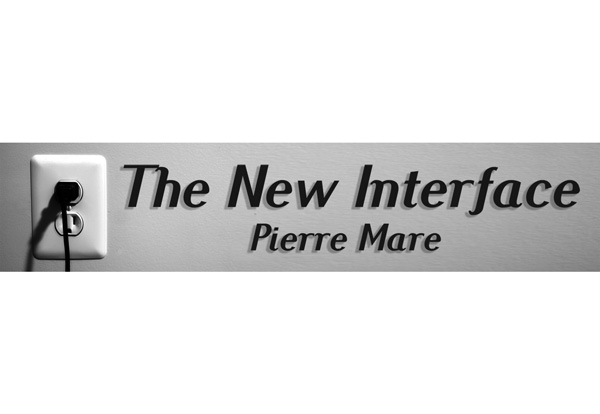
The problem of meaning

Once upon a time a couple of guys came to the idea that a software algorithm could be used to scan websites and return ranked results for the most relevant pages when they were searched for on the web. The name they chose was not ‘Ranked Search Results’. And once upon a time someone began to sell records of artists that he recorded, and the name he chose was not ‘Original Artist Records’.
Both of those companies are household names now, respectively Google and Virgin. Imagine if the nominal names that I chose for them had been selected? My names were logical descriptions of the activities of the companies, but neither of them were catchy. In fact, having written those names, I struggle to remember them myself.
Without catch names, companies run the risk of being completely forgettable. And if the company does form relationships with customers and suppliers, those relationships will be characterised by the name of the individuals working in the company, not the company itself.
To illustrate this point, imagine if you will having a business relationship with Richard from ‘Original Artist Records’ or having a business relationship with Virgin.
The choice of a company name is a dismal, difficult exercise, unpleasant at best, when a start-up wants a name that reflects the activity of the company, yet in a creative way. The matter is not improved by the fact that the Registrar also wants a name that is descriptive of the activities of the company.
The truth of the matter is that any word can be selected, as long as it is easy to remember and spell.
Richard Kahneman says there are two systems of thought, quick emotional thoughts and ponderous thoughts. Ponderous thoughts only become effective or come into play when an explanation or justification is needed.
This is understood clearly in the realms of design and advertising. The meaning behind the name will attach itself to the actual name after the fact. Orange is a highly recognisable international brand. It is a mobile service provider for instance. SWAPO is a political party. The disconnect on the old SWA component can be dismissed because it is known to be completely Namibian.
One of the best ways to choose a name is to leaf through a dictionary and choose easy words. The processes of communication and experience will attach knowledge of the activity to the word.
Obviously there has to be a degree of appropriateness to the thing, but that is minor. Gearbox might not be appropriate for a company selling baby products, though it could be twisted to suit the purpose with a bit of effort, and possibly some imaginative packaging. Gearbox could however be a name for a software company or game developer.
Using this approach is also a way around one of my pet peeves, the prefix ‘Nam’ on company names. That naming convention began to lose its shine in about 1993. The fact that a locally registered company is Namibian goes without saying. It is an acceptable abbreviation but for a national SOE, but it shows a lack of imagination on the part of private sector entities. And to my mind a lack of imagination and flair does not bode well for a company which has to compete in a crowded space.
The misplaced quest for meaning goes a step further with development of logos. Many people try to imbue their logos with a vast amount of symbolism, yet end up with devices that resemble the coat of arms of a town or school.
In actual fact, people remember colours and shapes, and little more. The fact that an oryx represents the time that Oom Frikkie once made Oryx biltong to share with all his friends, representing the giving spirit of the company, seems somehow difficult to bring across.
The simpler and less complex the shape, the easier it is to remember.
People search for meaning to validate their activities and beliefs, but people use logos and names to identify transaction choices. Too much meaning and symbolism in a name or logo can be a drag on the bottom line.









































